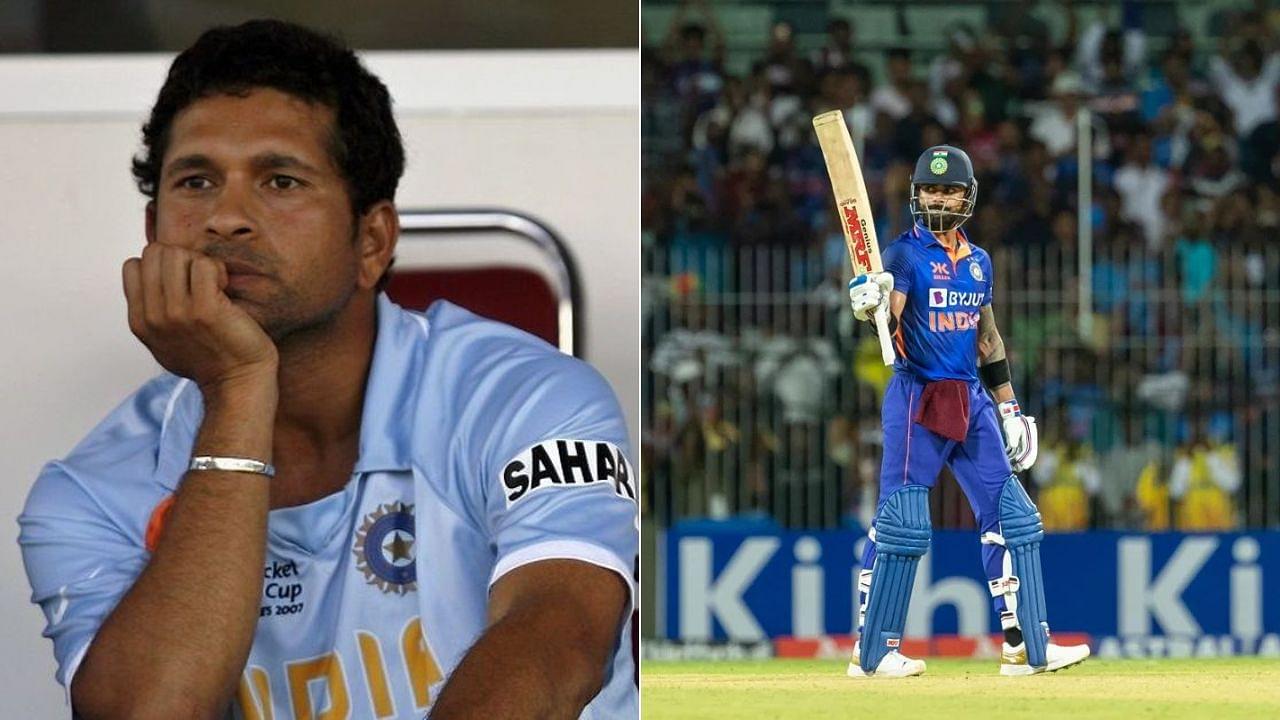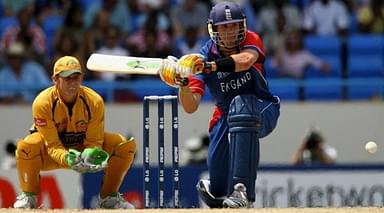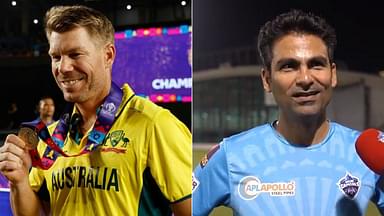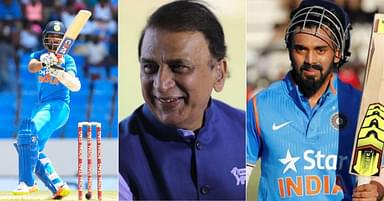One cannot claim it with certainty as of now, but it does seem like India’s long-standing issue with respect to the No. 4 batting position in ODIs might come back to haunt them ahead of yet another ICC tournament, if the proceedings go haywire a bit.
Advertisement
Ahead of the imminent Asia Cup 2023, top cricket experts/former cricketers have suggested former India captain Virat Kohli to take the very batting spot by relegating himself, thereby sacrifice his comforting and insanely successful No. 3 position. Interestingly, the ones suggesting Kohli to move one spot down his usual batting order in the format have known him better than most people in the cricketing fraternity.
Experts Suggest Virat Kohli To Bat At No. 4 During ODI World Cup 2023
Former India all-rounder and head coach Ravi Shastri believes Kohli should bat at No. 4 in the interest of the side, backing it with his numbers at that position. Additionally, Kohli’s former teammate at Royal Challengers Bangalore and his unquestionable well-wisher AB de Villiers believes the former can play “any kind of role in the middle order”, again, in the interest of the team. Even former Australian allrounder Tom Moody terms the very batting position as a “perfectly simple solution” for India in ICC Cricket World Cup 2023.
The stats at both the positions are well-versed with everyone. Kohli’s lion-share of runs have arrived at No. 3 (at an average of 60.21), while he is stellar at No. 4 as well, averaging 55.21 across 39 innings. The arguments in favour of his No. 4 position in the order stems from the opinion that there is no one else in the side but, Kohli, who can act as the perfect shock absorber under pressure, and can mould himself as per the match situation. There’s no doubting it, agreed.
That said, why are people forgetting the fact that not long ago he was facing the worst slump in form ever across formats, so much so that his detractors were counting days since he had last scored an international ton. The champion batter had to inevitably bounce back. He did, pouring a truckload of water into the run-scoring drought with a maiden T20I century. Kohli’s so-called drop in ODIs had ended as well. He has smashed three ODI centuries and a half-century since then. At which position? No.3.
When arguably the best ODI batter is finally coming to his own at the batting order of his comfort zone, why advise him to thread a challenging route when the road towards the destination is a straight path?
Furthermore, nobody is unaware of the fact that Kohli has been out of sorts a bit while facing spin. Since 2021, Kohli’s dot ball percentage against spinners in ODIs reads 39.2. It is highly likely that he will be facing spin right away at No. 4 in a tournament where spinners will definitely play a huge role. It is not to say that Kohli will definitely struggle against them. Ideally, a batter of his proven caliber shouldn’t, but wouldn’t he feel much more at ease while facing the pacers first-up against the new ball?
Moreover, none of the above arguments would hold substance and better it shouldn’t, as Shreyas Iyer has proven himself as the perfect fit at No. 4. After all, he averages a healthy 47.35 at this position across 22 innings since the 2019 World Cup. If needless experimentation are avoided, he should commence batting at two-down right away, instead of doubting his credentials just because he hasn’t played an ODI for a very long time.
Sachin Tendulkar Was Forced To Bat At No. 4 During 2007 World Cup
For the unversed, India have already committed an error in the past by sending their best batter and a proven opener down to No. 4 during ICC Cricket World Cup 2007. Legendary batter Sachin Tendulkar was made the scapegoat back then, and god forbid, it seems like Kohli is being prepared to become one looking at the build-up.
When Tendulkar was forced by then-India head coach Greg Chappell to bat at No. 4 in West Indies, he returned back with scores of 7 and 0. Eventually, India crashed out of the tournament post the group stage.
Batting as an opener since February 2003 until December 2006, the management somehow felt that the Master Blaster’s batting position should be experimented with. During a home series against West Indies and Sri Lanka two months prior to the World Cup, he was sent at No. 3 and 4 in the line-up. Until December 2006, he had batted at No. 4 across 58 ODI matches and averaged 38.29 scoring just three centuries.
Two years later, without taking Chappell’s name directly, Tendulkar had remarked to the Times of India that the team’s batting order was not right and it was one of the reasons for their early ouster in the competition.
In February 2015, during an interaction with Fox Sports, Chappell had admitted that he had forced Tendulkar to bat at No. 4 in the order during the World Cup.
“He preferred to open the batting… but in the World Cup in the West Indies, we needed him to bat down the order. He agreed to it initially, but then he recanted and said he didn’t want to do it. I forced him to do it and, from that point onwards, he didn’t want to work with me again. In hindsight, I probably would have found a different solution.”
Post the world event 16 years ago, Tendulkar batted as an opener across all of his 79 matches until his final ODI in March 2012.







